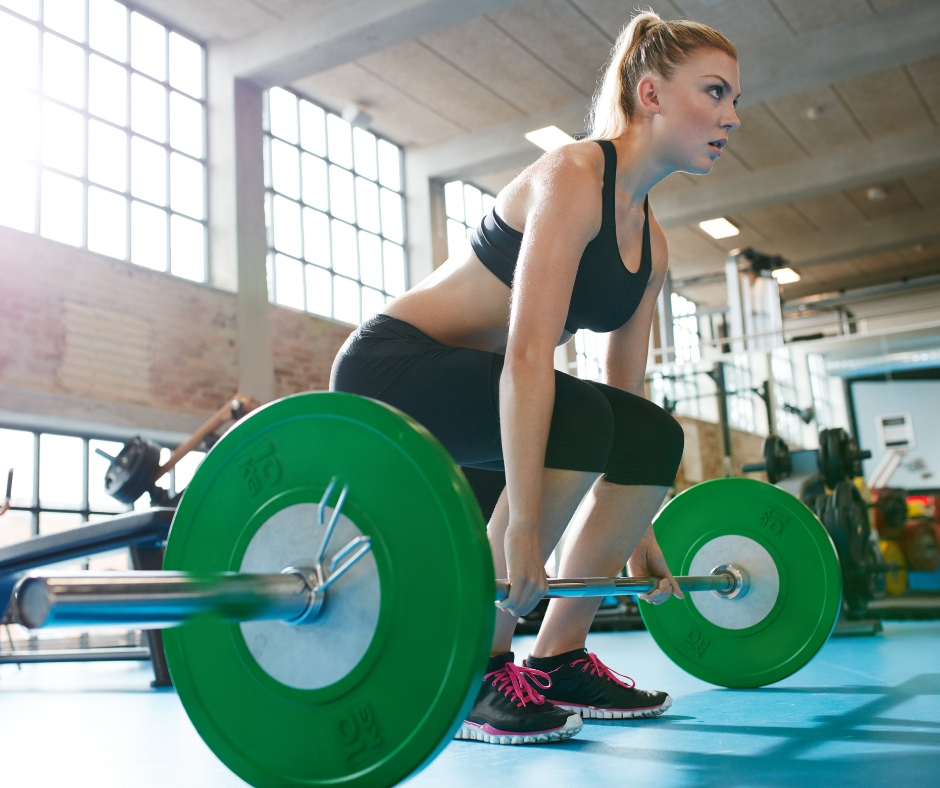If you’ve got a history of back pain, ultimately you need your spine to be able to deal with the stress of gravity as well as everyday activities we subject ourselves to – whether that’s walking, running or lifting things. The last thing you want is to have your back struggle every so often, or even regularly, to even deal with lifting something as trivial as a shopping bag, especially if that’s something that leaves you in pain for a few days. That means your back isn’t strong enough to deal with any normal day-to-day loads that are placed on it, and something small will push it over the edge.
Correct Form for Deadlifts
The most important thing to consider is the curvature of your spine. The natural curve in your spine is called a lordosis, it’s something you should try and retain or try and revert back to if you’ve found you’ve deviated from it over time. Your spine is naturally aligned in a way that helps to absorb the impact of everyday activities, it also helps to effectively distribute the weight of gravity bearing down on it. The natural lordosis can be lost over time because of bad posture, such as has happened recently with the growing popularity of smartphones it has led to an increase in prevalence of a forward head posture – where the head is positioned more forward rather than have a natural arch backwards.
The side effect of deviations like this can include tight upper back muscles and shoulders, frequent headaches, neck pain and even a slight reduction in the amount of air you breathe in purely down to the pressure from the weight of your head being placed inappropriately to what is ideal. In the lower back, a deviation from the natural lordosis can mean that excess pressure is placed on the discs in your spine, particularly in the lower section of the lumbar spine from L-4 to S-1. These are the most common areas that people can experience bulging discs and where issues like sciatic pain can stem from.
Good Deadlifting Posture
When you’re doing a deadlift, your lower back should retain that gentle arch, and you should be bending from the hips no matter the type of deadlift you’re doing. Your back should not be going into flexion, where it rounds at the back to accommodate for the weight. You may see people doing this at the gym and almost resembles the way a fishing rod bends from the weight of a catch, don’t make the mistake of doing this as it will put a huge amount of pressure on the discs in your lower back. Start on a lower weight to get your form under control, and gradually increase as you become stronger. If you do them properly, with good form, that means you’re maintaining the natural curve, going straight up and straight down, pivoting at the hips, it should feel very stable and your core should be engaged. This will be hugely beneficial in building strength in your lower body and back.
Should You Use A Support Belt For Deadlifts?
We would definitely not advise anyone to be using any kind of belt or support at the gym to help you with performing any of these exercises. The only time you would ever need a belt is really if you are a professional, competitive power lifter and only with direction as to where it needs to be placed. We see people frequently using them in the gym for all manner of different exercises and using them in completely the wrong place. Belts essentially keep a specific section of your spine very stable, but placed incorrectly they can create increased stress at the lumbar-sacral junction and they can put excess pressure on the discs that are located just outside of where the belt sits – i.e. just above and just below. At the end of the day, you’re lifting weights to become stronger and increase the durability of your body so it can deal with stresses and strains that are placed on it everyday, not to use the support of a belt that will take some of that load off. The only purpose of using this unless you’re a competitive power lifter is simply ego-lifting – lower the weight and lift the weight properly with good form and you’ll be able to increase the weight naturally rather than with the support of a belt.

Fix Your Back Pain From Home
To help you get back into exercises that you enjoy, we’ve created the Back In Shape program. fixing your back pain from home and building yourself back up with the right sort of exercises over the correct timeframe with all the support you need to get you back doing the things you love, inside or outside the gym.
Contact Us.
Email Us
info@themayfairclinic.com
Call Us
0203 947 32 22
Clinic Address
4 Cavendish Square, London, W1g 0PG.